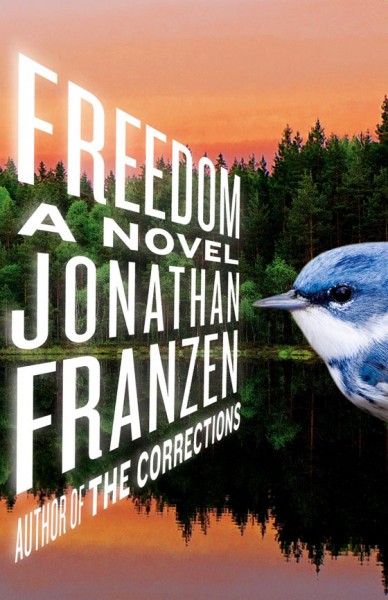The novel's main character is Julian Treslove, a melancholy fellow with a string of unsuccessful relationships behind him. His idea of love is based on opera. Treslove is a lost soul whose experience with a mugger is transformed into a spiritual awakening: he now believes he is Jewish.
There are two other principle characters: Sam Finkler, an arrogant philosopher and author of The Socratic Flirt: How to Reason Your Way into a Better Sex Life, and Libor Sevcik, a Czech Jew, Zionist, and former teacher of Finkler and Treslove. The debates between Sam and Libor are spirited and represent polar opposites of the "Jewish (Finkler) question"--namely, the moral responsibilities of the Jews in the modern world.
Although they do not agree politically, Sam and Libor are united in grief: each has lost his wife to death. Sam's feelings toward his converted and practicing Jewish wife are complicated; Libor's love and loss is total and without reservations.
Another main character is Hephzibah, Libor's great-niece and Treslove's current love interest. She is a stereotype of the zaftig, maternal, emotional, and erotic Jewish woman. She tries to fill the emotional vacuum that Treslove inhabits, and is probably the most likable character in the book.
Finker's Question is a satire--a tongue-in-cheek polemic on how Jews see themselves in the world at large. Jacobson tackles other questions aside from the political/social ones. He portrays the many sides of friendship deftly. He also depicts the loneliness of aging and the depth of grieving a long-time marriage. The characters, although serving the author's purpose, are complex and flawed.
If you enjoy the books of Philip Roth, you may also like this novel.
Check Our Catalog






